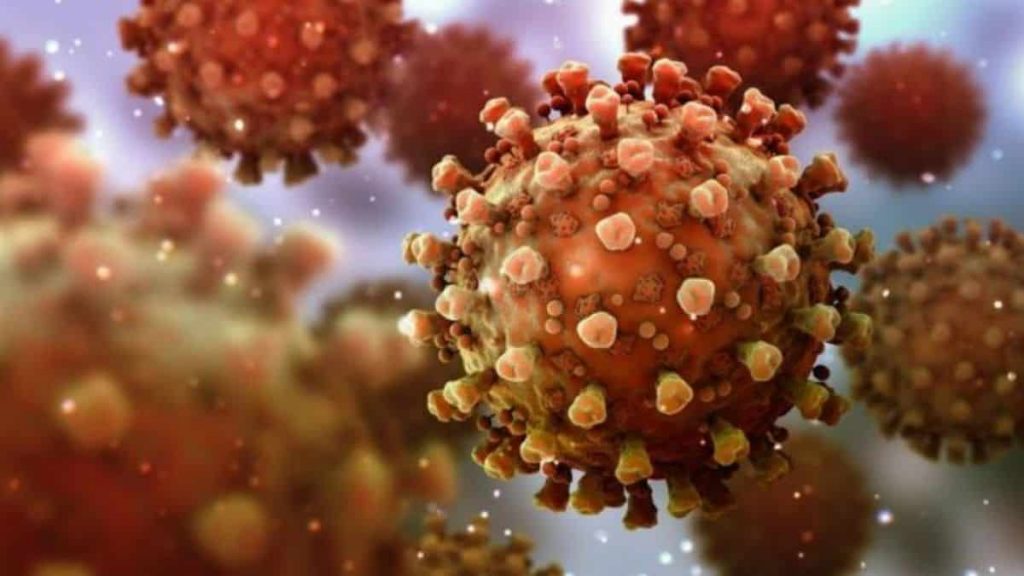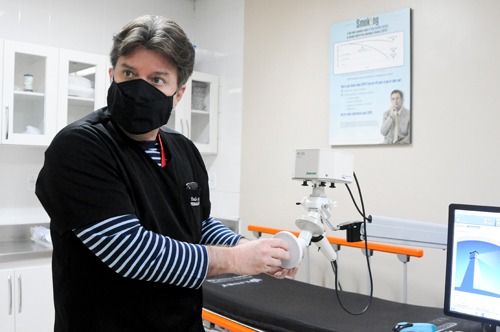Influenza or influenza viruses are composed of single-stranded RNA, belonging to the Orthomyxovirus family and subdivided into 3 types, namely: A, B and C, according to their antigenic diversity. They are highly transmissible and mutable viruses, with type A being more mutable than B and the latter more mutable than C. Types A and B cause greater morbidity and mortality than type C, which is why they are of interest in public health.
SARS-CoV-2: virus of the coronavirus family is a single-stranded RNA virus, that is, its genetic material is composed of a single strand of nucleotides, whose bases are guanine, adenosine, cytosine and uracil which, when infecting humans , causes a disease called Covid-19. As it is a microorganism that until recently was not transmitted between humans, it became known, at the beginning of the pandemic, as the “new coronavirus”.
The S&DS portal spoke with the head of the Pulmonology Unit at the Hospital Regional da Asa Norte (Hran) – a reference in care for patients with Covid-19 – and a member of the Crisis Cabinet for Covid-19 in DF, created by Governor Ibaneis Rocha, pulmonologist Paulo Feitosa spoke about the possibility of mutation between the two viruses.
I think it’s very unlikely, well without a viral logic. There is co-infection, we already know it can exist and it is happening in a strange way in Brazil, because the flu season in Brazil is in the middle of the year, in the months of June and July; in the northern hemisphere which is at the end of the year.
As we stopped having the flu in these two years due to the containment measures for the coronavirus itself, the flu rate was low, I think it is an escape that exists, the virus mutations are structures between them, quite different.
They need to behave that way, viral mutation is a need for viruses to continue maintaining their cycle. Each and every species fights for its survival, and the genetic alterations that any species receives are made with the intention of continuing the species itself. The virus is no different, viral mutation is a necessity for the virus to survive, so it occurs naturally.
It is a natural tendency, viruses mutate, of course the more it circulates, the more it tends to mutate.
And mutations are not necessarily bad for humans. You have, for example, Delta, which is a more fragile mutation, it ends up helping to immunize rather than actually causing greater damage, the omicron could be exactly that. Rather than bringing the deleterious effect with high mortality like Gamma did, it can help promote mass immunization.
Let’s see what vaccines are capable of, how long they last, but the solution is by vaccine, the control of viral disease is historically done by vaccine and this is the way forward.
I don’t think the mutations cross and another virus is born. The two animals that are reservoirs that promote mutation the most, in countries with high Asian demographic density, where the most happens are birds and bats, but the virus goes to the animal and returns to the human being with mutations, and it may be more or less aggressive.







